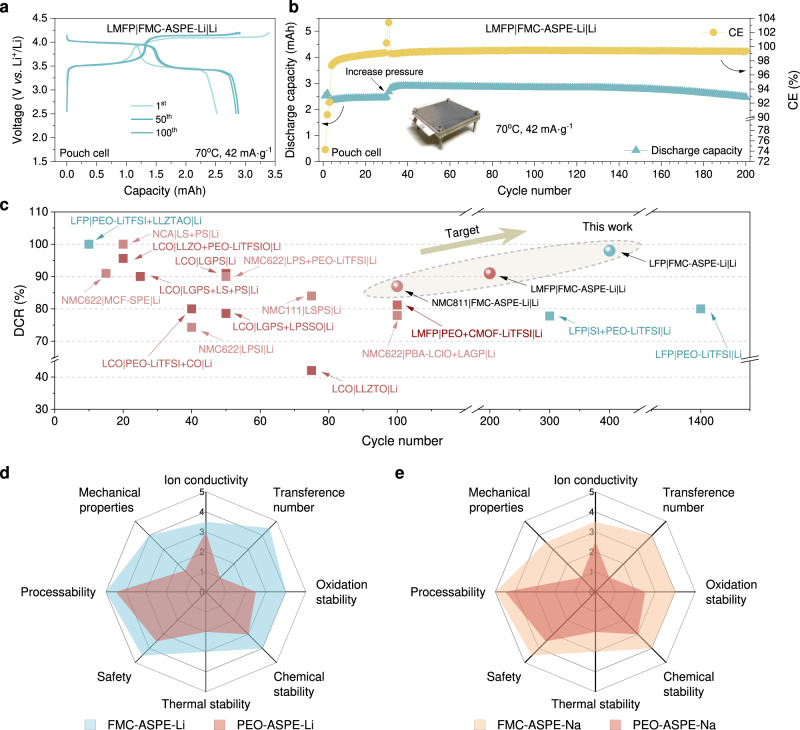Fig. 8. Cycling performance of lithium metal pouch cells with the LMFP cathode and FMC-ASPE-Li.
a, b Charge/discharge voltage profiles a for different cycles and corresponding b Discharge capacity with the cycle number of the LMFP|FMC-ASPE-Li|Li pouch cell, with the photo of the test fixture inserted. The mass of the positive electrode active material was used for calculating the specific current. The initial pressure applied was 0.63 × 10−3 MPa, and the increased pressure after the screws was 0.28 MPa after 30 cycles. c Comparison of cycling performance of different all-solid-state lithium batteries (LiCoO2 (LCO), Li(Ni0.6Co0.2Mn0.2)O2 (NCM622), Li(Ni0.3Co0.3Mn0.3)O2 (NCM111), Li(Ni0.8Co0.15Al0.05)O2 (NCA), poly(ethylene oxide) (PEO), LiFePO4 (LFP), LiMn0.6Fe0.4PO4 or LiMn0.85Fe0.15PO4 (LMFP), poly(1,4-butylene adipate) (PBA), single-ion conductors (SI), lithium bis(trifluoromethanesulfonyl)imide (LiTFSI), LiClO4 (LClO), Li10SiP2S12 (LSPS), Li10GeP2S12 or Li3.15Ge0.15P0.85S4 (LGPS), Li2S (LS), P2S5 (PS), Li3P1-xSbxS4-2.5xO2.5x (LPSSO), Li7P2S8I (LPSI), Li1.3Al0.3Ti1.7(PO4)3 (LLZTO), Al-Li6.75La3Zr1.75Ta0.25O12 (LLZTAO), β-Li3PS4 (LPS), main-chain fluorinated solid polymer electrolytes (MCF-SPE), CMOF, D-UiO-66-NH2, CeO2 (CO). The corresponding references are listed in Supplementary Table 19). d, e Radar plots of the performance properties of different ASPEs.

